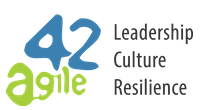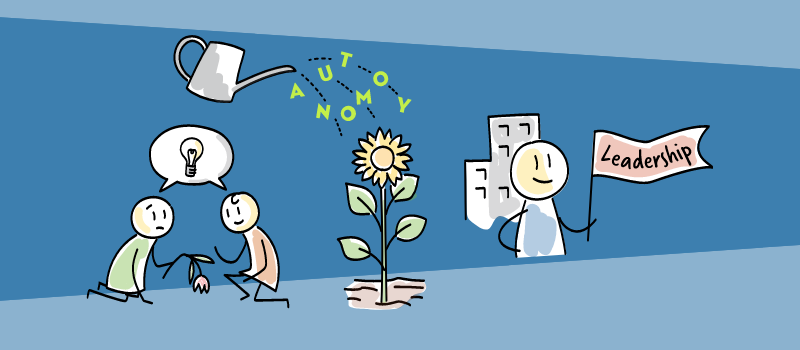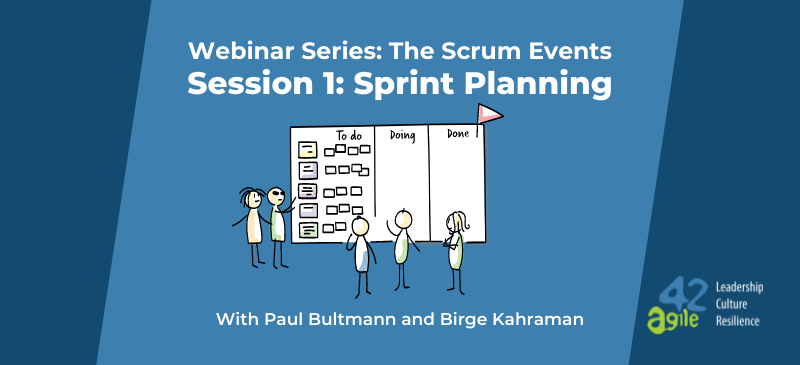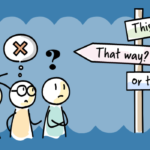3 Signs Your Daily Scrum Sucks (And How to Fix It)
There is an abundance of articles telling people how to do the Daily Scrum right, but a real scarcity of articles pointing out how to realize when things go wrong. Knowing the common pitfalls of the Daily Scrum and how to spot them can be a real game-changer in your teams. Here are three small, easy-to-observe signs that you need to fix your Daily Scrum.
Recommended online course: Facilitating Scrum
1. People are only interested in their own tasks
In many, many Daily Scrums you find that the team takes turns to each share their own tasks, progress, and impediments, rather than contributing to the discussion as a team. People normally follow with attention until it is their turn to speak, and they simply disconnect after that. This behavior is often amplified by the common way of running the Daily Scrum, i.e. the famous three questions. These questions are no longer in the Scrum Guide, because they can contribute to this problem.
Further reading: Our comprehensive guide to the Scrum Events
How to fix it
There are two great ways to avoid this common pitfall and get the team to align towards the goal.
One way that works is to keep the same three questions, but change things up a bit by having three rounds instead of one, with each person answering only one question at a time.
This usually gives two benefits. The first is to keep people actively engaged until the end, since they know they will have to speak again. But there’s a more important benefit. It better serves the real purpose of the Daily Scrum: collectively assessing where the team is compared to the Sprint goal and collaboratively deciding what the next most important task is for each person to complete, in order to move closer to the Sprint goal.

Another way (which brings even more benefits in my experience) is to run the Daily Scrum by focusing on the stories in the Sprint Backlog, instead of focusing on people’s tasks. The idea is that the team selects one story at a time, going from the top, and discusses how to make it “done done” as soon as possible. Then you take the next story down and move on, either until you covered all the opened stories or until the 15-minutes time is up. In this way Developers will not focus just on the individual tasks, but will be nudged to look at the Sprint goal as a collective goal to achieve.
When using this second method, sometimes you do not manage to talk about lower priority stories, so people who are working on those might feel a bit excluded. This isn’t always a bad thing: it can provide some social pressure to contribute to completing the highest priority stories first, instead of picking what they like most and spreading the team effort all over the Sprint Backlog.
Recommended online course: Facilitating Scrum
2. Everybody is looking at the Scrum Master instead of at each other
This is the biggest sign that your Daily Scrum has turned into a status report. Remember that this is not the point of this Scrum Event: the team should be updating and discussing the high-priority tasks with one another.
How to fix it
Before the pandemic forced us to rethink the way we work and made remote work the standard, I used the trick to encourage the team to stay in a semicircle, closer to the task board, and I took (or asked the Scrum Master to take) a step back, pretending to take notes. If someone was stubborn enough to turn and try to speak to me, I removed eye contact, so that they felt a bit uncomfortable and were forced to find other eyes to look into: their teammate’s eyes. It worked immediately most times.
I used the same trick also when the team tended to look at the PO or their manager attending the Daily Scrum: I encouraged the team to stay in a semicircle, leaving all other attendees outside. If you want to replicate the same approach in a remote setting, just ask anyone else attending the Daily Scrum, except the Developers, to switch off their camera and mute themselves.
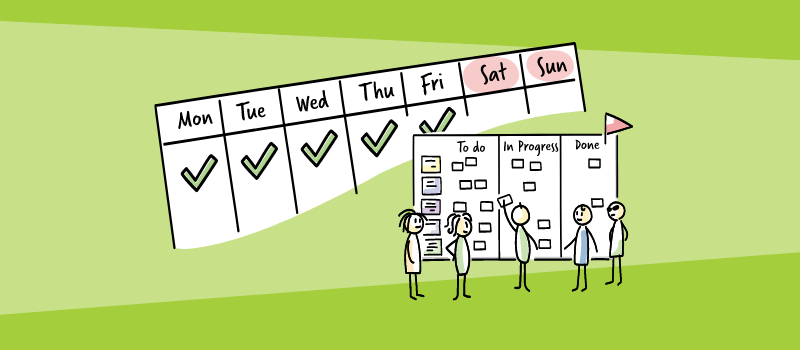
3. People have long discussions, trying to fix problems during the standup
I know that many Scrum Masters tend to interrupt discussions or ask people to continue conversations outside the meeting. This works to a certain extent, but usually, people find it a bit irritating.
How to fix it
I use and teach a different approach to this problem. First, I explain very clearly to the team that the Daily Scrum is intended for the Daily Planning, so that everybody understands and buys into this. Then, when I see that a discussion is taking off, I leave some space for 1-2 minutes. If it is not concluded yet, I ask the following question: How do you think this conversation can affect today’s planning? Most times people admit that it is not strictly relevant and propose to park it.
Do your Daily Scrums need more work?
Of course, the three above and other dysfunctions might be just a symptom of something deeper. If the quick-fix techniques illustrated above do not work, it can be a hint of something more important that must be addressed. Consider taking an online course in facilitating Scrum to help you and your team have functional, useful Daily Scrums and other Scrum Events.
